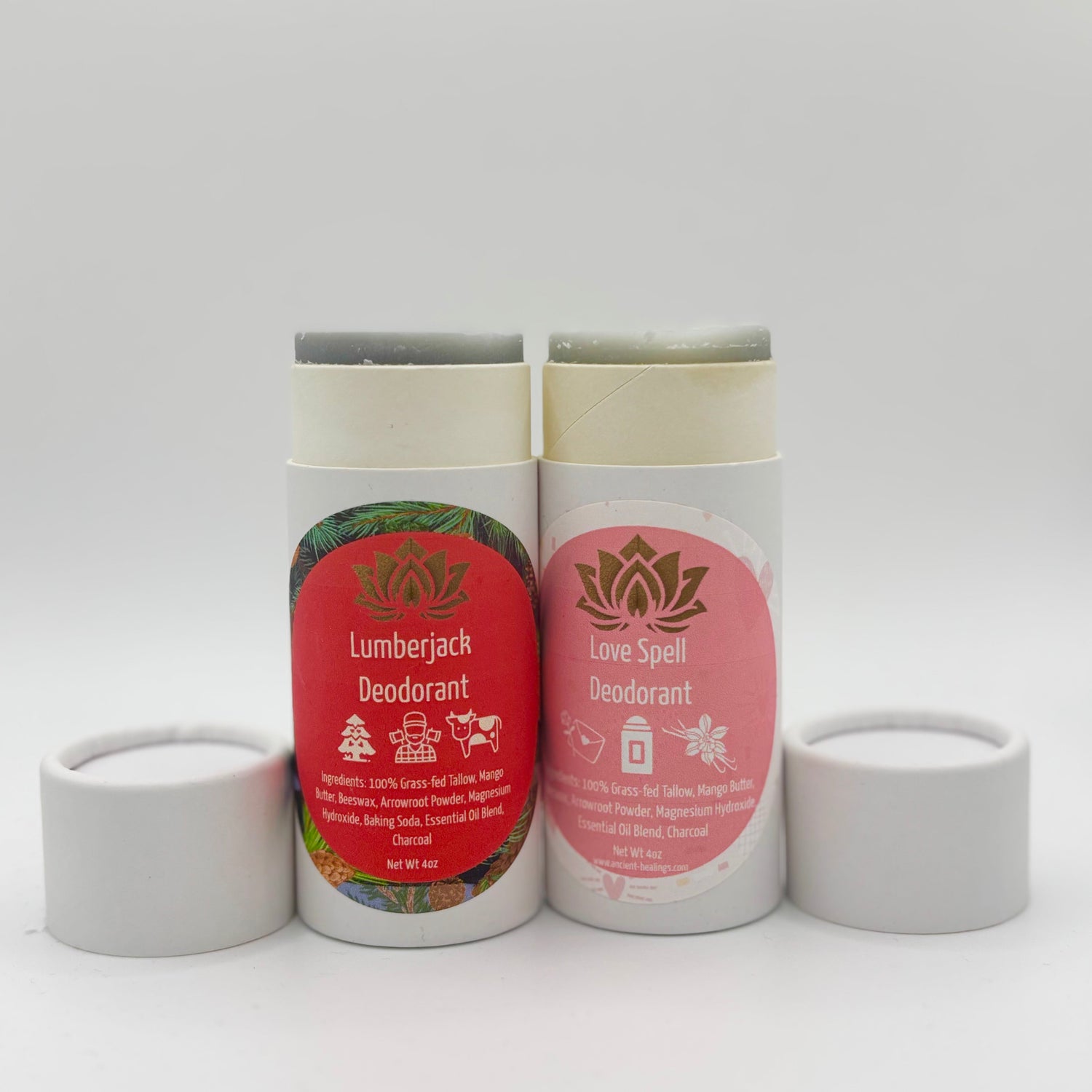Studies show that in just 3 minutes, a single square centimeter of a plastic container can shed ~4 million microplastic particles and 2 billion nanoplastic particles into your food.
These plastic particles (and the chemicals attached to them) don’t just disappear, they can end up in your meal and eventually in your body. The full health impact is still being studied, but experts are concerned. In fact, the World Health Organization now recommends limiting exposure to microplastics as a precaution.
Early research gives reason for worry. Microplastics can trigger inflammation and disrupt hormones in the body. Some studies even link high microplastic exposure to increased cancer risk and fertility problems. In lab tests, extracts of microwaved plastic particles killed about 75% of exposed kidney cells within two days.
It’s not just tiny plastic bits chemical leaching is another risk. Many plastics contain additives like bisphenol A (BPA)(to make plastic hard) and phthalates (to make plastic flexible). Heat can cause these chemicals to leach into food. Both BPA and certain phthalates are known as endocrine disruptors, meaning they interfere with our hormones.
Why does that matter? Hormones regulate everything from growth to metabolism, and even low-level exposure to these disruptors has been linked to health issues. Studies have tied BPA and phthalates to infertility, developmental and thyroid disorders, and higher risks of some cancers. In short, microwaving plastic could dose your food with substances that mess with your body’s chemistry.
Important: “Microwave-safe” doesn’t mean “chemical-safe.” That label mainly means the plastic won’t melt or warp in the microwave. It’s not a guarantee that no chemicals or microplastics will leach into your food. In fact, the hotter the food gets, the more chemicals can migrate from the container into your meal.
Certain plastics are particularly risky to heat. Take polystyrene foam (e.g. Styrofoam takeout boxes): it can release styrene, a chemical classified as a possible carcinogen, when heated. Polystyrene is fine at room temperature, but heating can cause it to leach chemicals. Food in foam containers should never be microwaved unless the packaging explicitly says it’s microwave-safe. (Plus, the container can melt!)
What about nutrients? A common myth is that microwaving “kills” nutrients. In reality, microwave cooking does not destroy nutrients any more than conventional cooking does. In fact, because microwaves cook faster and use less water, they often preserve more vitamins in veggies compared to boiling or oven-heating. So nutrient loss isn’t a unique microwave problem, the bigger concern is what the plastic may add to your food, not what the microwave takes away.
How to microwave more safely: Start by swapping plastic for inert containers. Use glass or ceramic dishes for microwaving whenever possible. These materials won’t leach nasty chemicals. If you need to cover food to avoid splatters, use a paper towel or wax paper instead of plastic wrap. (Trapping steam under a plastic cover can cause phthalates to drip into your food.) Also, opt for products labeled “BPA-free” and “phthalate-free” so you’re starting with safer materials.
Take care of your containers, too. Don’t heat old, scratched, or cracked plastic. Aging and wear make plastics more prone to leaching. And avoid reusing single-use plastics (like takeout tubs or water bottles) in the microwave; they’re not designed to handle high heat. Always check the recycling code on a container: as a rule of thumb, skip plastics #3 (PVC) and #6 (polystyrene) for hot foods. Those are more likely to release chemicals. Safer choices are plastics #2, #4, #5, which are more stable, but even then, keep them out of high heat if you can.
Bottom line: Microwaving food is convenient and the microwave itself isn’t the enemy. The real risks come from heating food in the wrong container. Research shows that heating plastic can significantly increase chemical transfer to your food. To protect your health, try to keep plastics (and the microplastics/chemicals they can shed) out of your microwave. Using glass or microwave-safe ceramics and following these simple practices means you can still enjoy quick, hot meals with far less risk.


